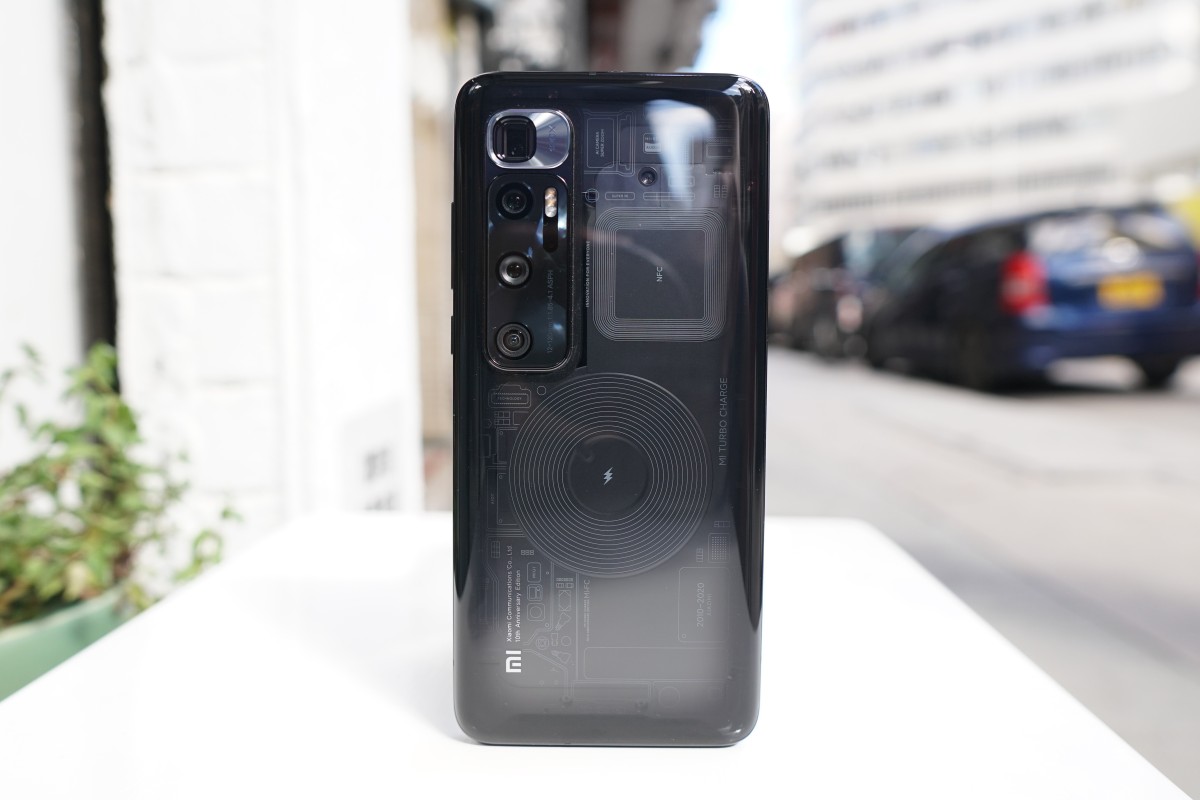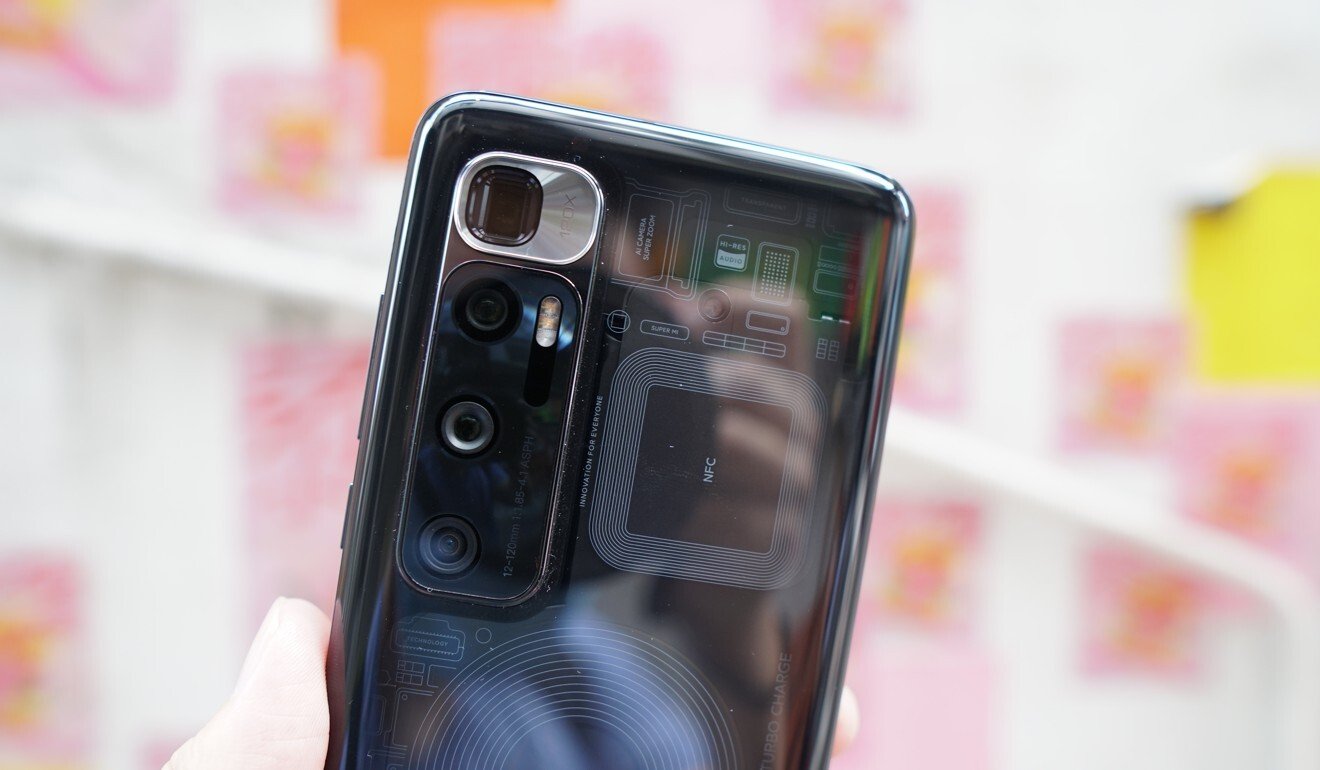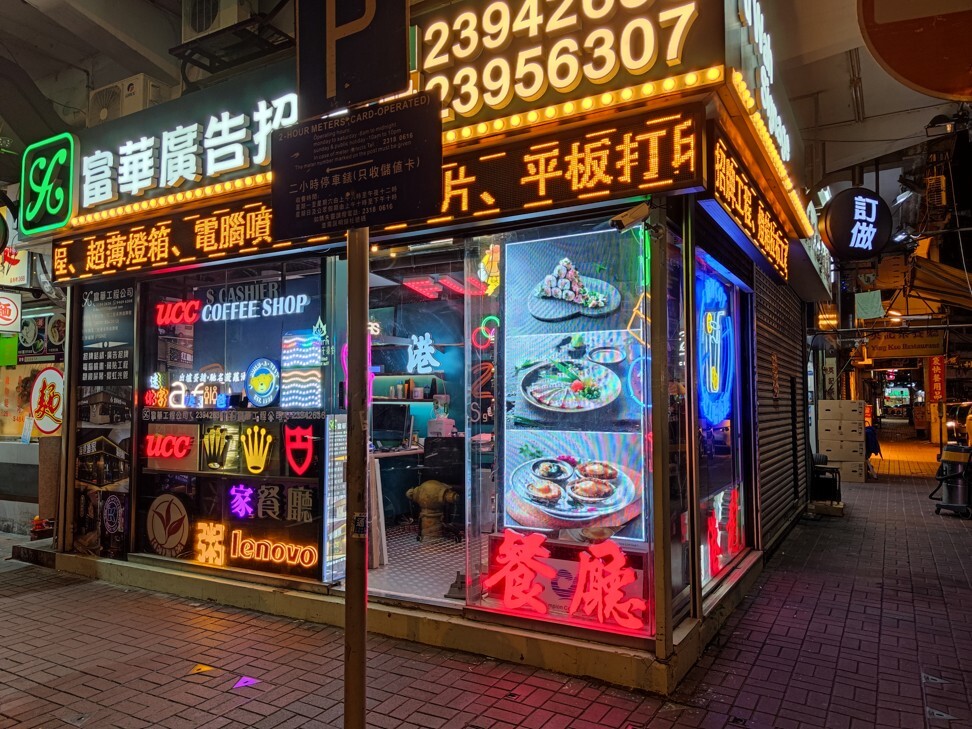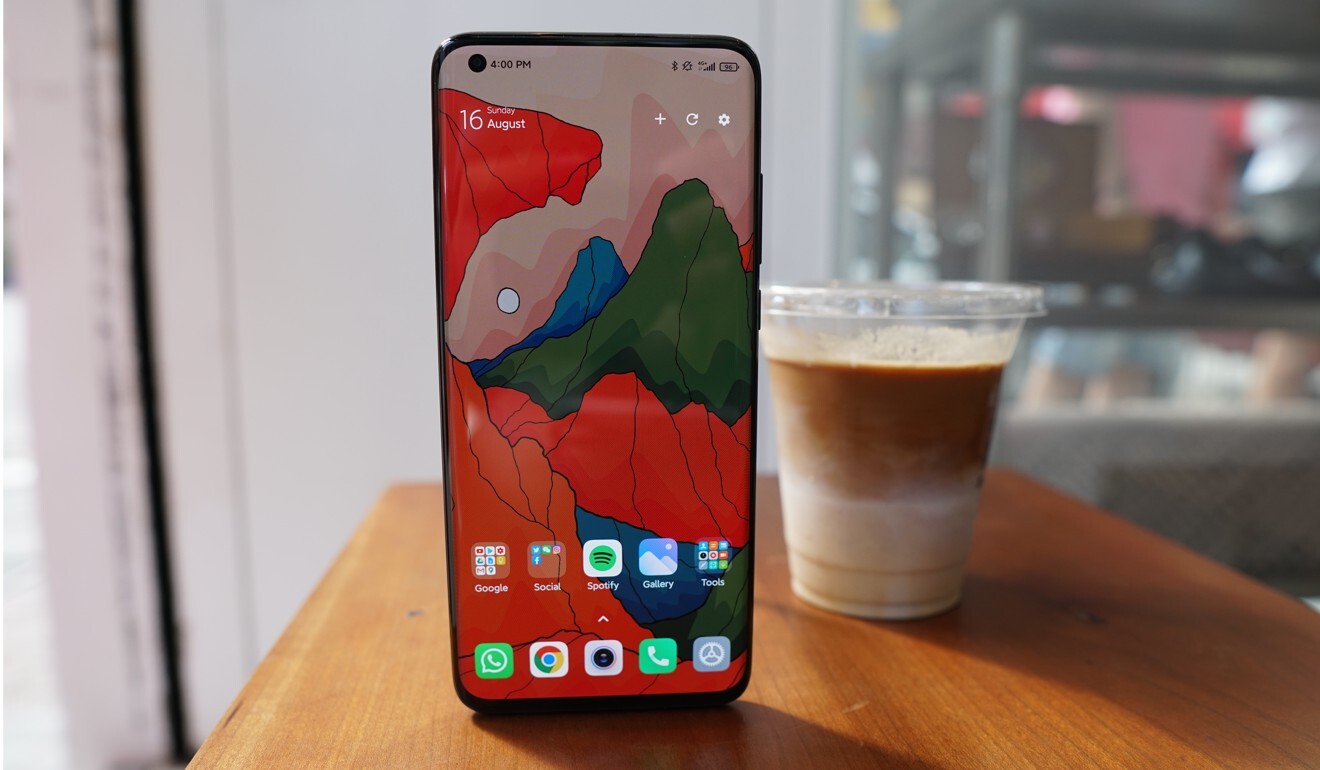
To mark the Chinese smartphone brand’s 10th anniversary, Xiaomi has unveiled a new version of its Mi 10 series, the Mi 10 Ultra. Does the flagship handset live up to its impressive specs sheet?
Design and hardware
A more apt name for this phone would have been Mi 120, because this phone has a trifecta of features that hit that number: the 6.44-inch OLED screen refreshes at 120Hz; the main camera can zoom up to 120 times; and the 4,500 mAh battery can be charged at 120W speeds. The latter two are firsts in the industry.
It has a typical glass sandwich curvy design, except that the glass back of my unit is transparent, showing the device’s guts, including the wireless charging coil and NFC chip.

The quad camera system received a major upgrade here: the main camera is now a custom-built 48-megapixel sensor with an extra large image sensor. And the zooming system is anchored by Xiaomi’s first “Periscope” zoom lens. This is the lens that can achieve the much hyped 120X zoom.
Powering the phone is also the usual Qualcomm Snapdragon 865.
Software and features
The Mi 10 Ultra runs the newest version of Xiaomi’s software, MIUI 12, over Android 10. Xiaomi’s is the most colourful and playful software skin around, with cutesy animations galore.
These whimsical touches may not be for everyone, but I personally love them. It helps that none of them get in the way of the UI’s overall speed or Android 10’s core functions.

Performance and battery life
Let’s start with the triple 120s. Xiaomi took a risk by sourcing its panels from TCL instead of Samsung, LG, or BOE, but it’s paid off: the 120Hz screen here is gorgeous and to my eyes, every bit as good as the panel on the Samsung Galaxy Note 20 Ultra in terms of colour accuracy, viewing angles and brightness.
TCL is one of the world’s biggest manufacturers of televisions, but it had only recently dabbled in selling smaller displays for phones – I’m glad to see its tech doesn’t suffer from any early flaws.

The 120X zoom technically works, but just like the much hyped 100X zoom on Samsung’s S20 Ultra, shots are really grainy, blotchy and blurry, making them almost unusable.
Lowering the zoom to something more reasonable like 50X or 30X produces much better quality images. The 120 number seems to be arbitrarily pushed up just to meet a marketing angle.
The Huawei P40 Pro Plus’ more advanced Periscope camera is still the best zoom lens in a mobile phone. Xiaomi can vie for second place with Oppo and Samsung.

General camera performance is excellent, despite the 120X zoom being gimmicky. The main camera’s large image sensor, along with Xiaomi’s image processing, means the main camera excels day or night with well detailed, properly balanced images. The other cameras are fine, but the main camera really sets a new bar for the company.
The good news is the 120W super fast charging delivers on its promise. A zero to 100 per cent charge takes just 23 minutes, but a short burst of charging is a lifesaver. A six-minute charge, for instance, can power up the battery from 20 to 55 per cent. With an iPhone, a six-minute charge makes no discernible difference in battery percentage.
Conclusion
The Mi 10 Ultra is a China-only release for now, and its starting price of 5,299 yuan (US$762) is a very good deal, considering it has tip-top hardware components. Top releases from Samsung and Huawei, by comparison, retail for over US$1,300 each.
This is a commemorative collector’s item (the phone’s Chinese name literally translates to “Xiaomi 10 Supreme Collector’s Edition”), and it should do well in the domestic market.







